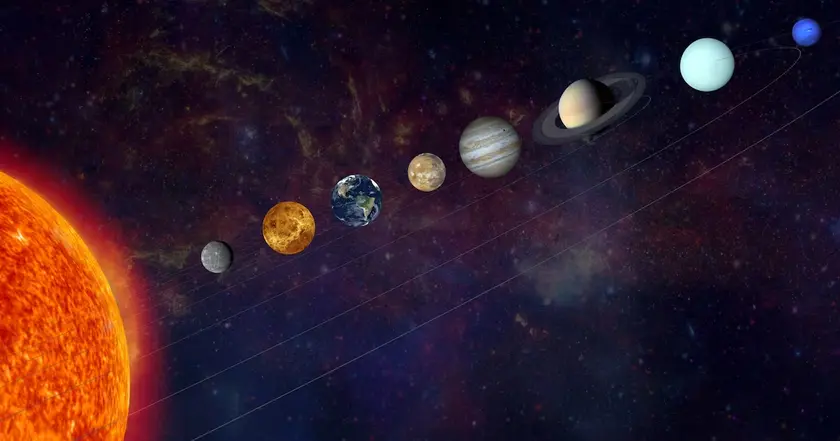T4K3.news
Perseids Peak With Live Viewing
The Perseid meteor shower peaks overnight with a free livestream and strong visibility for northern observers.
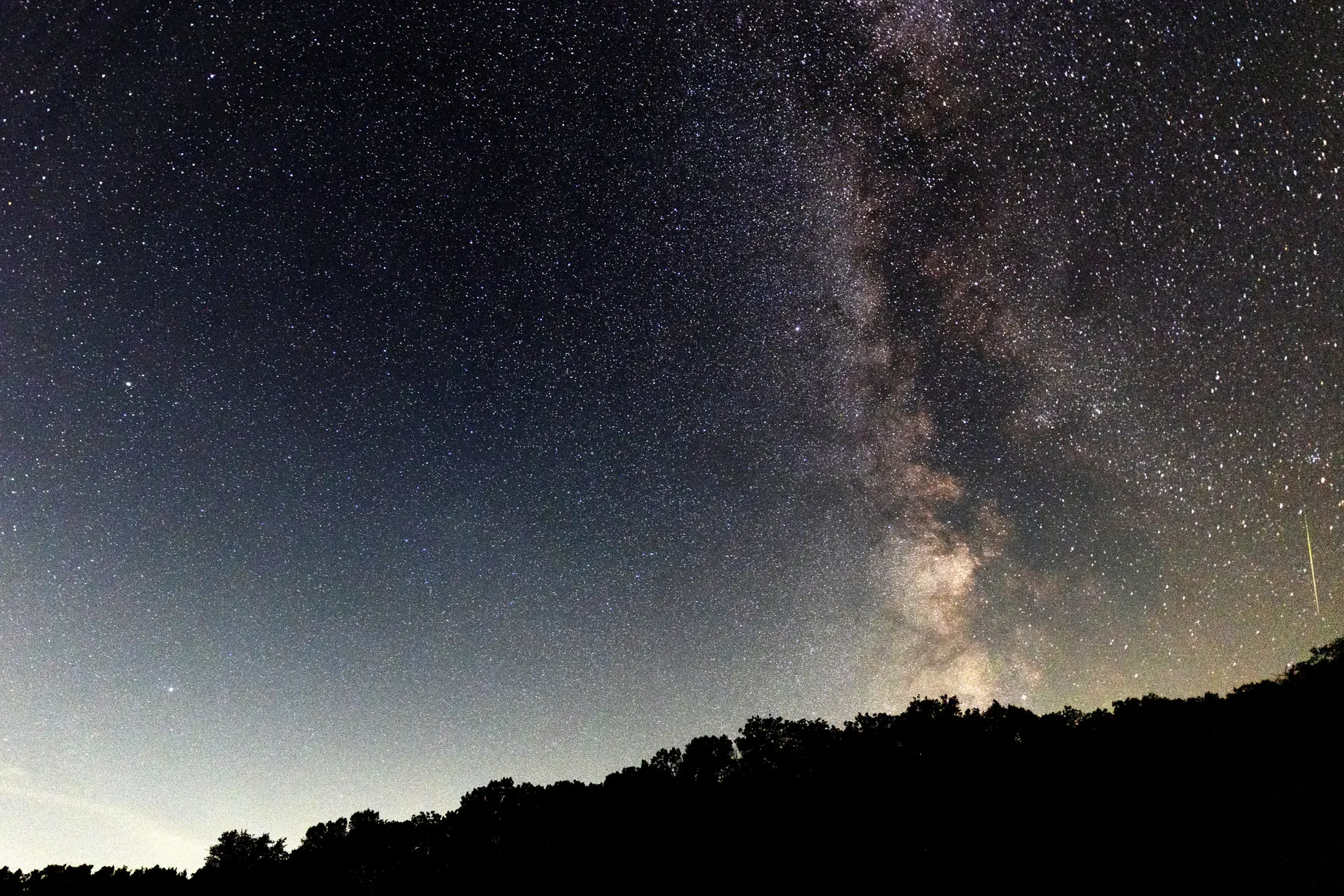
The Perseids reach their peak this week with a bright display and a free livestream that lets skywatchers watch from anywhere.
Perseids Meteor Shower Peaks with Live Viewing Tonight
The Perseid meteor shower peaks overnight on August 12 into the early hours of August 13, offering up to 100 meteors per hour under ideal dark-sky conditions. The best viewing window is usually between 2 a.m. and 4 a.m. local time, when the radiant in the constellation Perseus rises higher in the sky. A waning gibbous moon may wash out faint meteors, but brighter fireballs should still be visible to observers under dark skies. No equipment is needed; simply find a dark location, give your eyes time to adjust, and be patient as activity can come in bursts. The Virtual Telescope Project will host a free livestream starting at 5 p.m. EDT on August 12, allowing viewers to watch the shower from home with expert commentary, while reports note the shower originates from debris left by Comet Swift-Tuttle.
Key Takeaways
"So from our point of view, standing on the Earth, it looks as if the Perseids come from that same part of the sky every single year."
Origin of the Perseids radiating from Perseus
"Notably, the comet is the largest object that approaches Earth, but thankfully it's not predicted to come dangerously close for thousands of years."
Swift-Tuttle close approach risk assessment
"Because we orbit the Sun year after year, we keep hitting into it at the same time and from the same orientation."
Why Perseids recur annually
The Perseids bring a rare mix of nostalgia and modern accessibility. Livestreams and live blogs turn a traditional outdoor spectacle into a shared online event, widening participation beyond dedicated stargazers. This trend raises questions about how digital viewing changes our expectations of a meteor shower and whether it substitutes for the real sky experience or complements it. At the same time, the moonlight and weather remain practical limits that no streaming can fix, underscoring the enduring value of a dark, quiet night outdoors. As public interest grows, so does the challenge of balancing popular appeal with accurate science communication.
Highlights
- Night watchers get a free show with patience and a dark sky
- Live streams let couch stargazers join the spectacle from home
- The Perseids remind us the universe still writes beautiful shows
- Moonlight may dim the faint meteors but fireballs still blaze
The night sky remains a shared playground for wonder and learning.
Enjoyed this? Let your friends know!
Related News
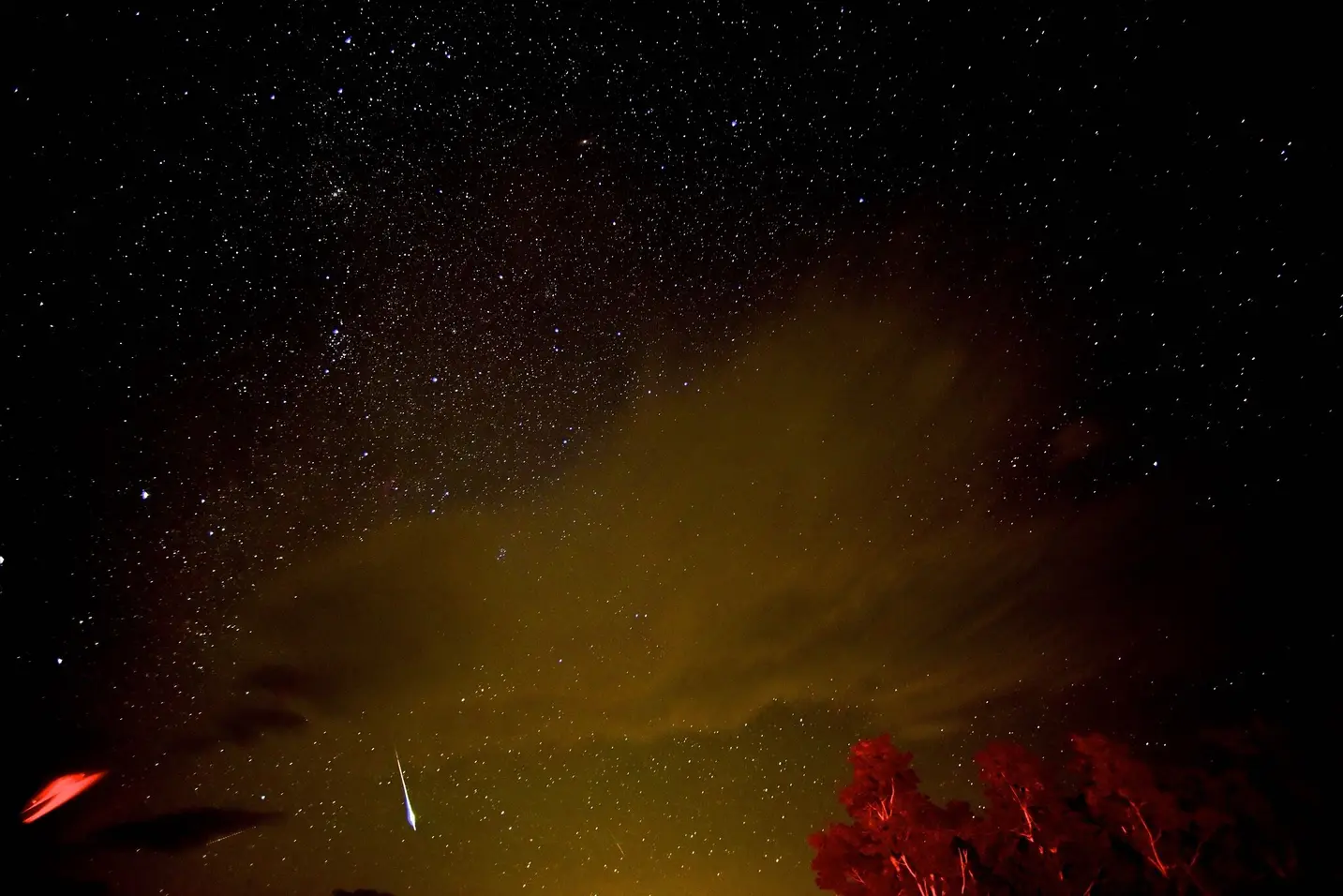
Perseids Peak Overnight

Perseid meteor shower peaks with free livestream
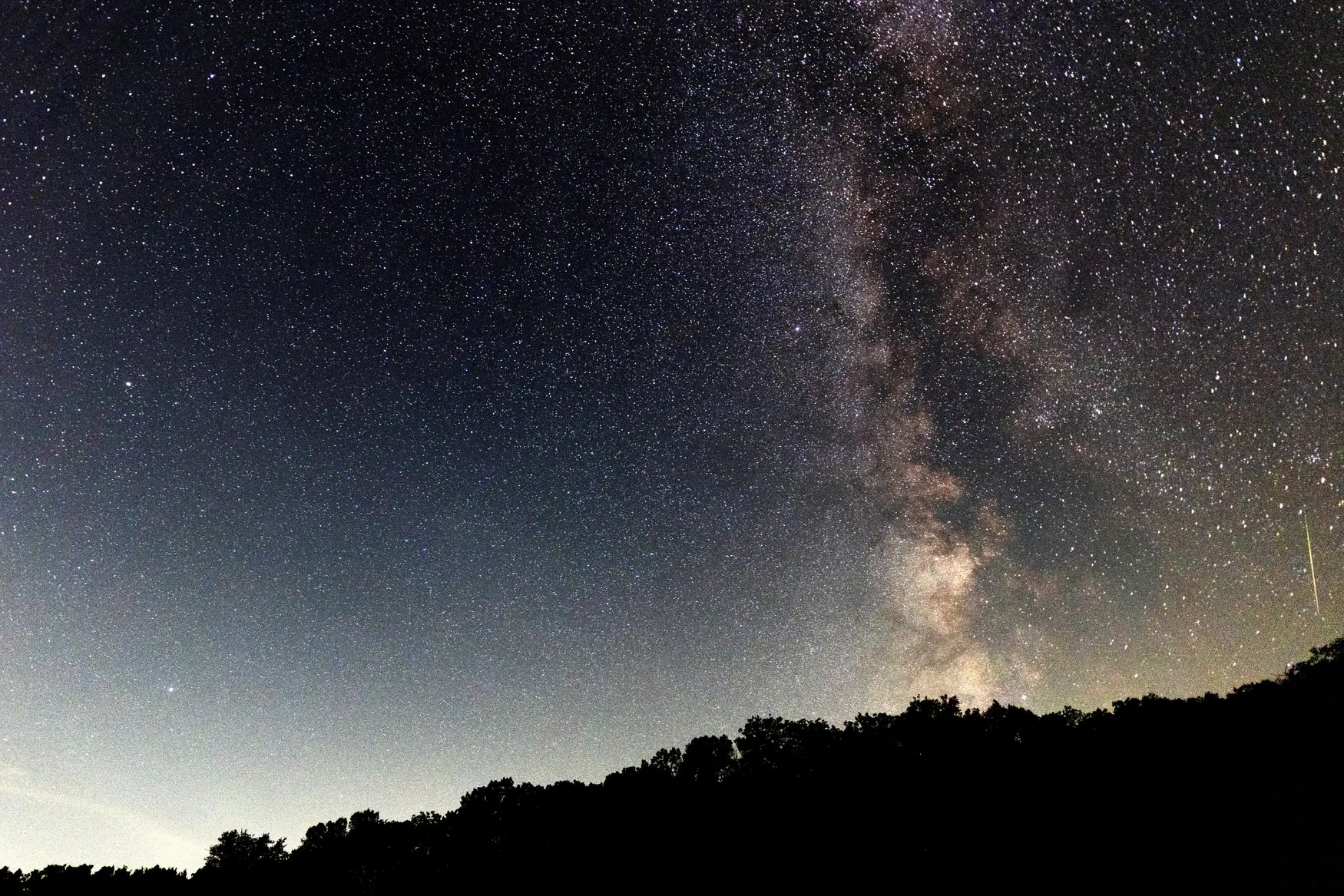
Perseid Shower Peaks Tonight
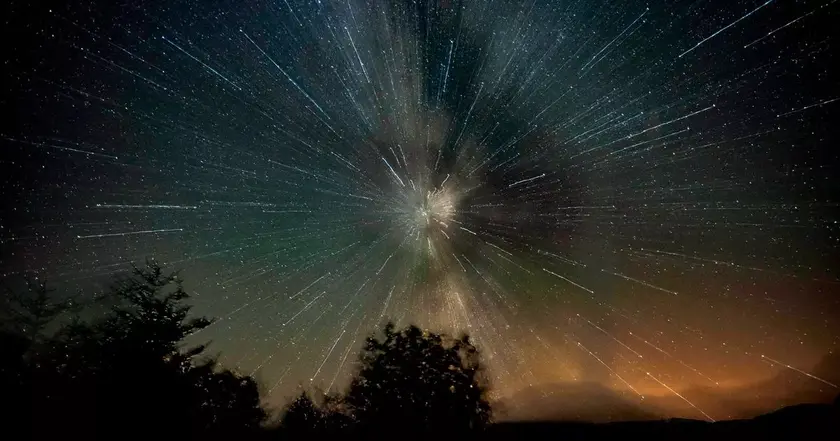
Upcoming meteor showers expected this month

Perseids Peak This Week
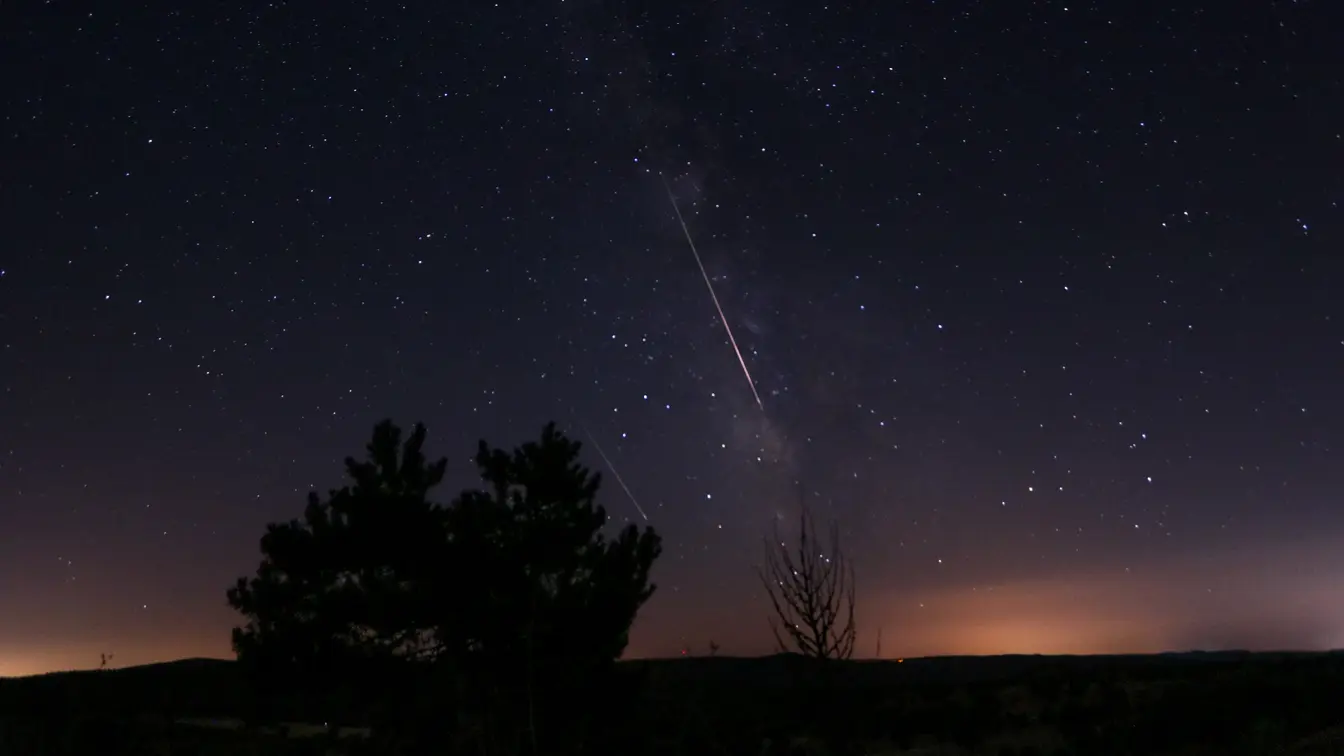
Perseid meteor shower peak
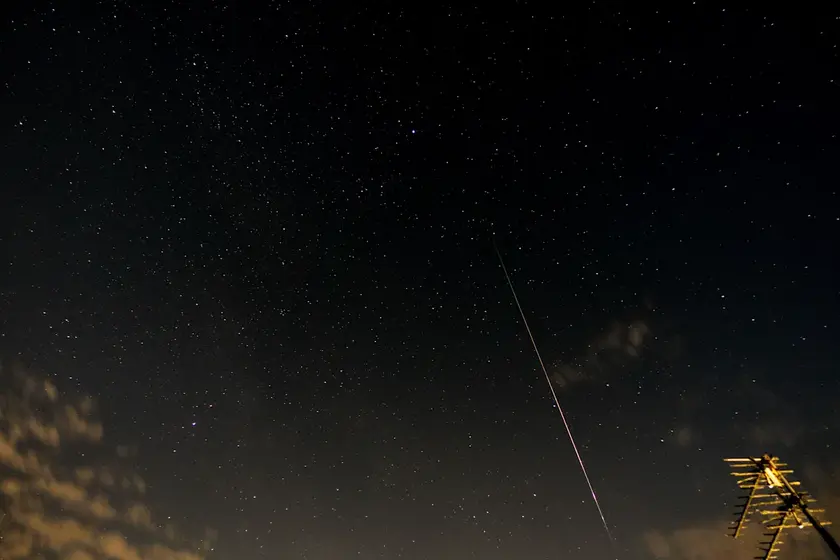
Perseid meteor shower peaks over UK skies
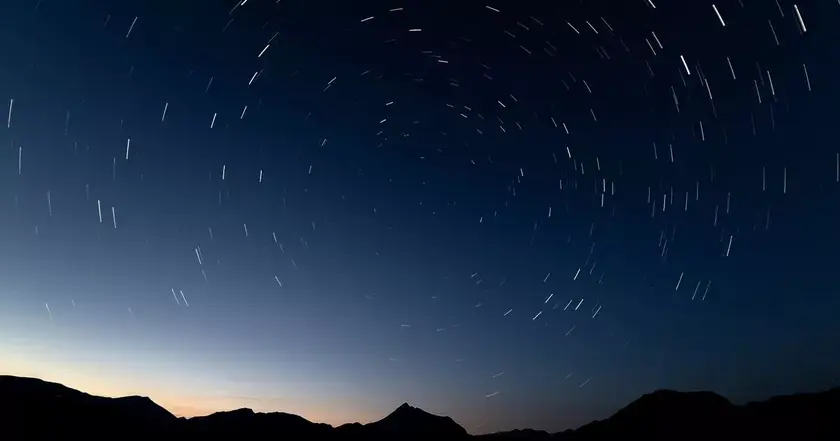
Double meteor shower peaks tonight in the UK
